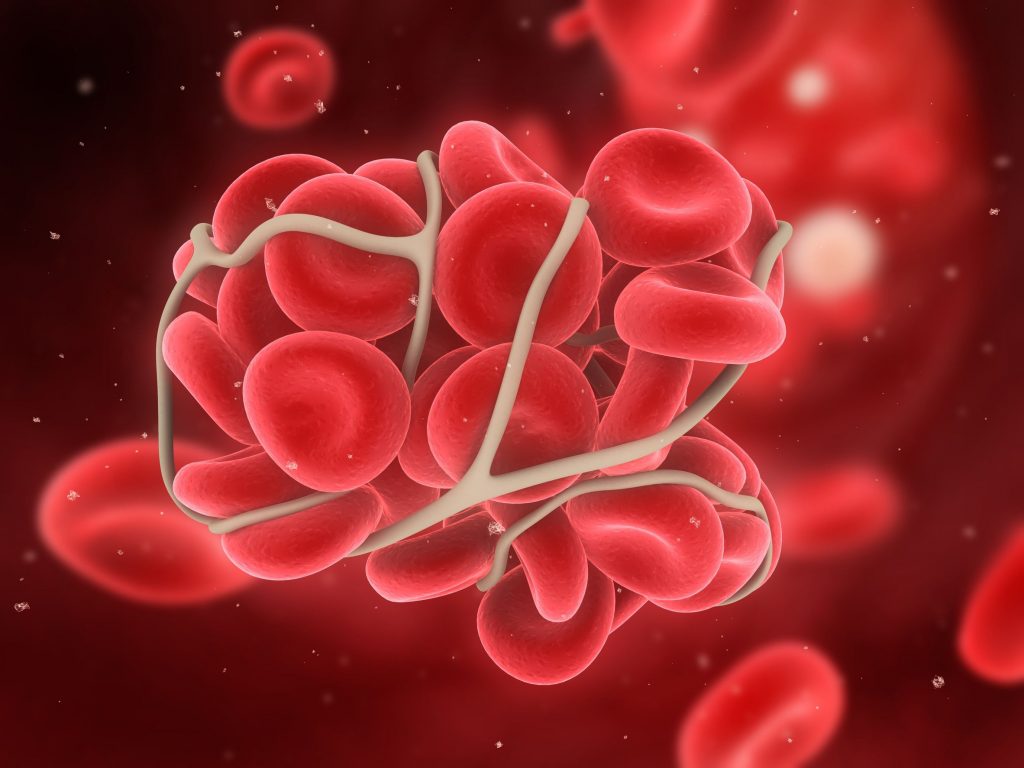
Deep vein thrombosis (DVT) is a blood clot in a deep vein in your body. They typically form in the legs, but can form elsewhere, such as the arms. DVT often causes pain and swelling, but does not always produce noticeable symptoms. The danger with DVT, is that the clot can break off and travel to the lungs causing pulmonary embolism (PE). PE is a life-threatening medical emergency.
Deep Vein Thrombosis: Causes and Risk Factors
Causes of and risk factors for developing DVT include:
- Being under general anesthesia for more than an hour
- Surgery on the legs or pelvis
- Immobility, including prolong bedrest or wearing a leg cast
- Sitting for long periods of time, often while travelling
- Damage to the lining of the vein, which can be caused by medical conditions, medications,and needle injuries
- Blood clotting disorders
- Pregnancy
- Obesity
- Cancer
- Heart failure
- Inflammatory bowel disease
- Birth control drugs
- Hormone replacement therapy
- Dehydration
- Being over 60
- Being male
- Family history of DVT or PE
- Smoking
Deep Vein Thrombosis: Symptoms
DVT does not always produce noticeable symptoms. The veins that can develop DVT are not close to the skin, so they are not visible. Symptoms of DVT in the leg can include:
- Pain, tenderness, or soreness in the leg, often starting in the calf
- Swelling of the affected leg
- Swelling of both legs
- Calf is warm and red
If you suspect DVT, talk to your doctor. The most immediate threat is a pulmonary embolism, which can kill you. Over time, DVT can lead to postthrombotic, or postphlebitic, syndrome. It is caused by damage to the veins which reduces blood flow to the area and can cause pain, swelling, and skin sores.

